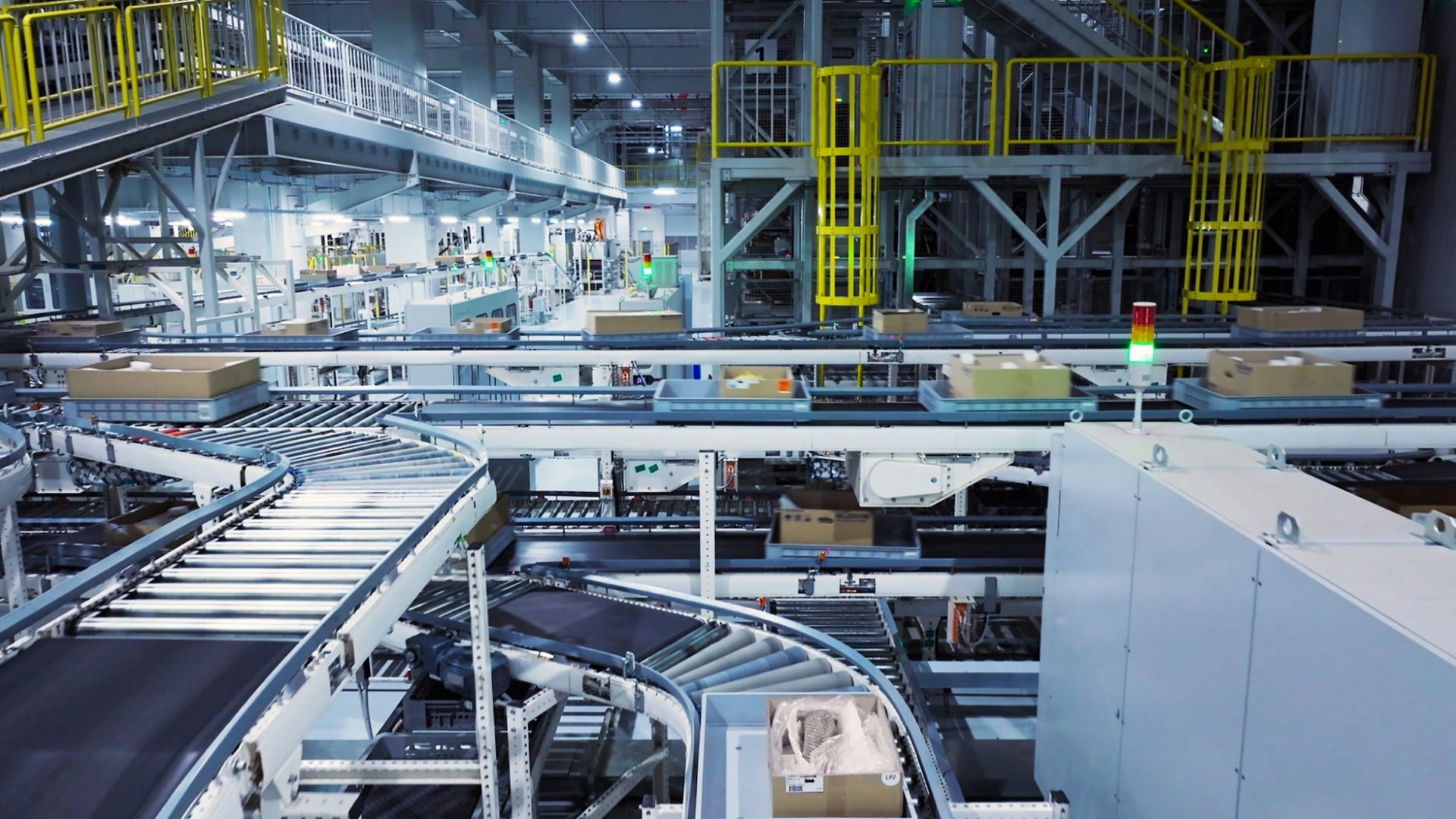The increasing digitization of factories is leading to profound changes in how manufacturing goods is done. By leveraging digital technology, production processes can be managed more efficiently, goods can be produced faster and with higher quality, and new capabilities can be built into goods for buyers. With the adoption of Industry 4.0 approaches, factories around the globe are being transformed into intelligent, connected, and automated facilities.
A key element of digitization in the manufacturing sector is open source industrial automation. This type of automation refers to the integration of data, processes, and systems across a facility. It means that production schedules, quality measures, and energy consumption can be monitored in real time, allowing managers to address issues before they become a problem. By freeing workers from highly laborious tasks, they can be redeployed to higher value roles. Further, the use of data analytics can drive further insights into what is happening on the production floor at any given time, allowing for even more accurate scheduling and a reduction in downtime.

Robotics are at the heart of the advances in digitization in factories. By making use of advanced sensing, processing, and software techniques, robots are increasingly creating tangible benefits in factories around the globe. In addition to making repetitive processes faster and more accurate, robotics can ensure uniformity and quality in products, reduce health and safety risks, and lower costs. This is contributing to further productivity gains and fuel investments into further automation.
Lastly, augmented reality is playing an important role in the increasing digitization of factories. This technology allows workers to interact with digital interfaces in their environment, creating an easier and more efficient way of interacting with machines and processes. All the while, data can be pulled from the machines, allowing managers to troubleshoot and diagnose issues quickly. Further, augmented reality can help cut down on training time, as new workers can more quickly learn what they need to know while they’re doing their job.
Overall, it’s clear that increased digitization in factories is leading to more efficient and better process management and improved product quality. By taking advantage of automation, robotics, and augmented reality, companies can create competitive advantages and gain further insight into what is happening on the production floor. All the while, the use of open source automation allows for an even greater connectivity between data, processes, and systems. Given the current landscape, the future of the manufacturing sector looks bright indeed.
Share this post






